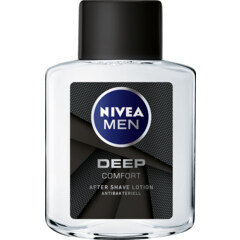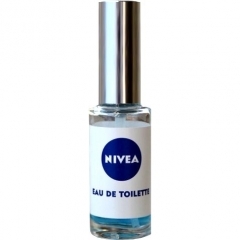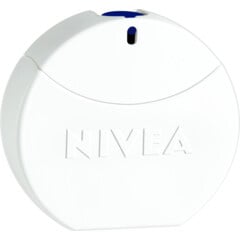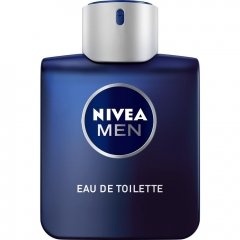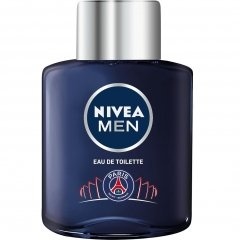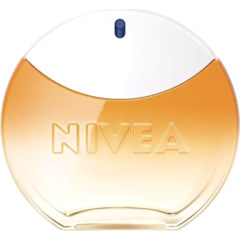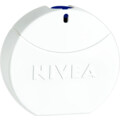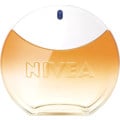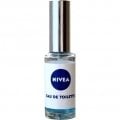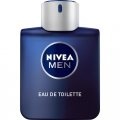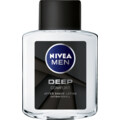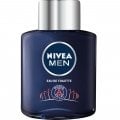NIVEA
 Germany Pronunciation
Germany PronunciationInteresting Facts
There is hardly anyone on the planet who isn't familiar with the iconic blue with the white lettering "Nivea" brand; this considerably exceeded all the expectations of the company's founder.
The Hamburg pharmacist Paul Carl Beiersdorf founded his small body care company in 1882, initially producing only bandages and plasters for medical purposes. Just eight years later, he sold the company to fellow professional Oscar Troplowitz, and from 1911 the range expanded to include various skin creams. Due to the lack of retail stores, pharmacies, clinics, and drugstores were the main customers for the creams called "Nivea" ("white as snow"). While the Nivea cream was initially offered in a yellow can with rich decorations, it was given its current blue color in 1925.
After several attempts at sabotage and denunciation between 1933 and 1945, the label recovered and was absorbed into "Beiersdorf AG". Numerous other products followed, such as the "8x4" deodorant series, the "Labello" lip balm, or even the "Hansaplast" plaster, the "Coppertone" sunscreen, and the indispensable "Tesa film".
Over the decades, "Nivea" has become a globally represented brand that has developed into a global player through new developments, target group marketing, and strategic adjustments. In addition to the consistently high quality, the availability in supermarkets, drugstores, and boutiques are probably one of the main reasons for this. Moreover, after more than 100 years, "Nivea" has become a cherished tradition in many families. The three so-called "Nivea" stores in Berlin, Hamburg, and Zurich are also likely to have contributed to the brand's success.
The Hamburg pharmacist Paul Carl Beiersdorf founded his small body care company in 1882, initially producing only bandages and plasters for medical purposes. Just eight years later, he sold the company to fellow professional Oscar Troplowitz, and from 1911 the range expanded to include various skin creams. Due to the lack of retail stores, pharmacies, clinics, and drugstores were the main customers for the creams called "Nivea" ("white as snow"). While the Nivea cream was initially offered in a yellow can with rich decorations, it was given its current blue color in 1925.
After several attempts at sabotage and denunciation between 1933 and 1945, the label recovered and was absorbed into "Beiersdorf AG". Numerous other products followed, such as the "8x4" deodorant series, the "Labello" lip balm, or even the "Hansaplast" plaster, the "Coppertone" sunscreen, and the indispensable "Tesa film".
Over the decades, "Nivea" has become a globally represented brand that has developed into a global player through new developments, target group marketing, and strategic adjustments. In addition to the consistently high quality, the availability in supermarkets, drugstores, and boutiques are probably one of the main reasons for this. Moreover, after more than 100 years, "Nivea" has become a cherished tradition in many families. The three so-called "Nivea" stores in Berlin, Hamburg, and Zurich are also likely to have contributed to the brand's success.
Content by
 Parfumo
Parfumo
 Parfumo
Parfumo

